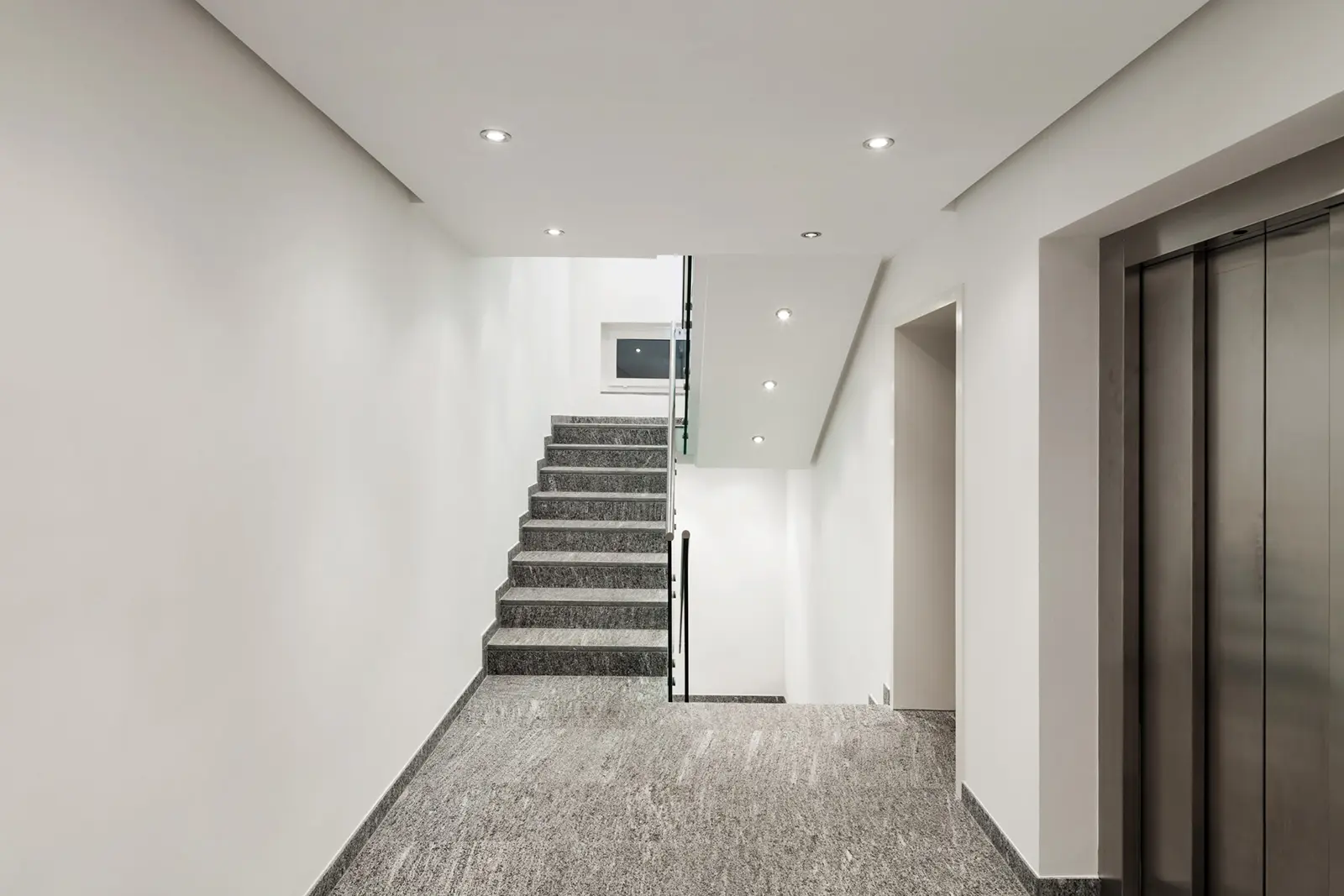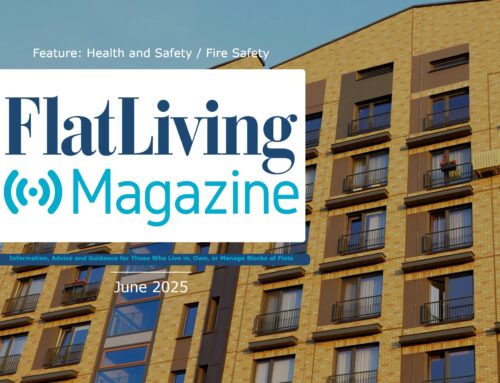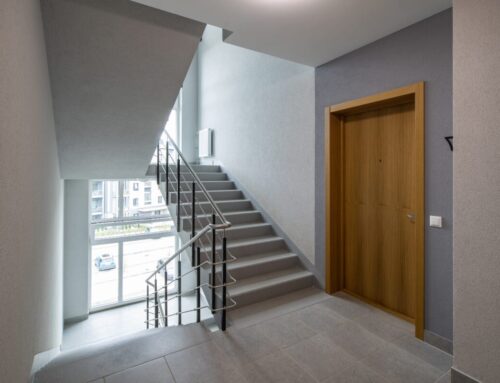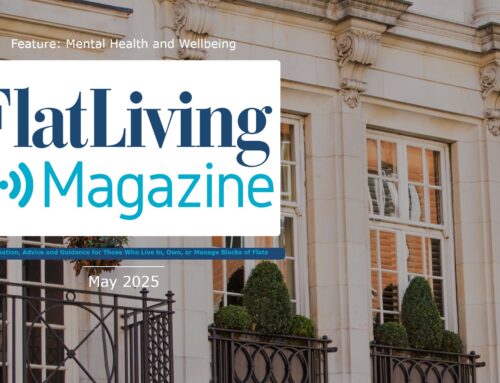Darren Bagnall from Residentsline discusses what landlords and property managers can do to meet their moral and legal responsibilities to leaseholders when it comes to communal and emergency lighting. Thoughtful lighting schemes make a huge difference to the lives of leaseholders, as well as the market value of residential blocks. Intelligent, responsive, and eco-centred systems can reduce bills and increase resident satisfaction while boosting security. Emergency lighting is imperative, saving lives year after year. 
While nuances within varying leases may affect whether a landlord is legally required to provide lighting in certain areas, most would rather suitably light their properties to avoid conflict and injuries, as well as to ensure security. While not all will have the budget (or the inclination) to invest in modern technology, all but very few will do their best to ensure their building is well lit when and where needed.
Communal Areas
For maximum security, safety, and a welcoming ambience, all areas of the property should be lit in one way or another. Sensor lights can be used, as well as those on timers, to reduce bills. LED lights are a great modern alternative to standard bulbs and strip lights; they are far more flexible in terms of creating a ambience as well as pulling much less power and lasting much longer. Externally, you should be including:
Externally, you should be including:
- Entrances
- Porches
- Pathways
- Car parks
- Bin stores
- Grounds
- Gateways
- Recreation areas
Internally, you should be including:
- Foyers
- Hallways
- Landings
- Stairwells
- Communal lounges
- Internal amenities
Accessibility
When choosing your lighting, accessibility should be kept in mind. Current residents and those to come may have diverse needs and/or disabilities which will need careful consideration to avoid complaints and for the sake of inclusion.
Illumination levels, the placement of lighting fixtures, and signage should be designed with accessibility in mind. Property managers should regularly assess the lighting needs of residents, adjusting as necessary to ensure that all areas are adequately lit.
Emergency Lighting
Emergency lighting consists of battery-backed lighting schemes that power up when the usual power supply to the building is lost. These systems will kick in to ensure that emergency exit signs remain lit, along with other lighting that will guide occupants out of the building in an emergency.
Again, this applies to communal areas only, with particular attention being paid to escape routes. Purpose-built blocks of more than two storeys must have emergency lighting in place to guide residents through escape routes. Blocks of two storeys or less will need the same coverage if street lighting isn’t enough to ensure safe escape. For obvious reasons, no matter the size of the block, its recommended that all blocks install emergency lighting.
The needs of your block will be heavily guided by the advice of a Fire Safety Assessor whose recommendations should be followed to the letter following each inspection. Regular drills and training sessions can help ensure that everyone is familiar with emergency procedures including how to navigate safely in low-light conditions.
Maintenance
Property managers are responsible for ensuring that emergency lighting systems are fully functional and prepared to activate in case of power failures or during emergencies. This includes regular testing to verify that it activates as intended during a simulated power outage as well as planned maintenance checks. Repairs and replacements should be attended to as soon as possible once the need is identified.
Effective communication is key in managing communal and emergency lighting systems. Property managers should keep residents informed about any planned maintenance or testing of emergency lighting systems. Clear communication channels should be established so that residents can promptly report any issues or concerns related to lighting.
Conclusion
Property managers shoulder considerable responsibilities in the course of their work, but health and safety should be a top priority. Effective communal lighting schemes and dependable emergency lighting play a huge role in keeping leaseholders safe. Compliance is obviously a top concern for most block managers, but beyond that there is a moral obligation to do what is necessary.
New systems should be well researched, installed by consummate professionals, tested regularly and kept in tip top condition. Energy and money-saving considerations will also be key if you’re upgrading an archaic system.
By prioritising these responsibilities, property managers contribute significantly to the overall well-being and satisfaction of those living within the properties they manage. Residentsline has been providing insurance for flats and apartments for over 25 years. We enjoy providing support and assistance to our customers in all areas of leasehold. Call us today for a quote at 0800 281 235.




Leave A Comment